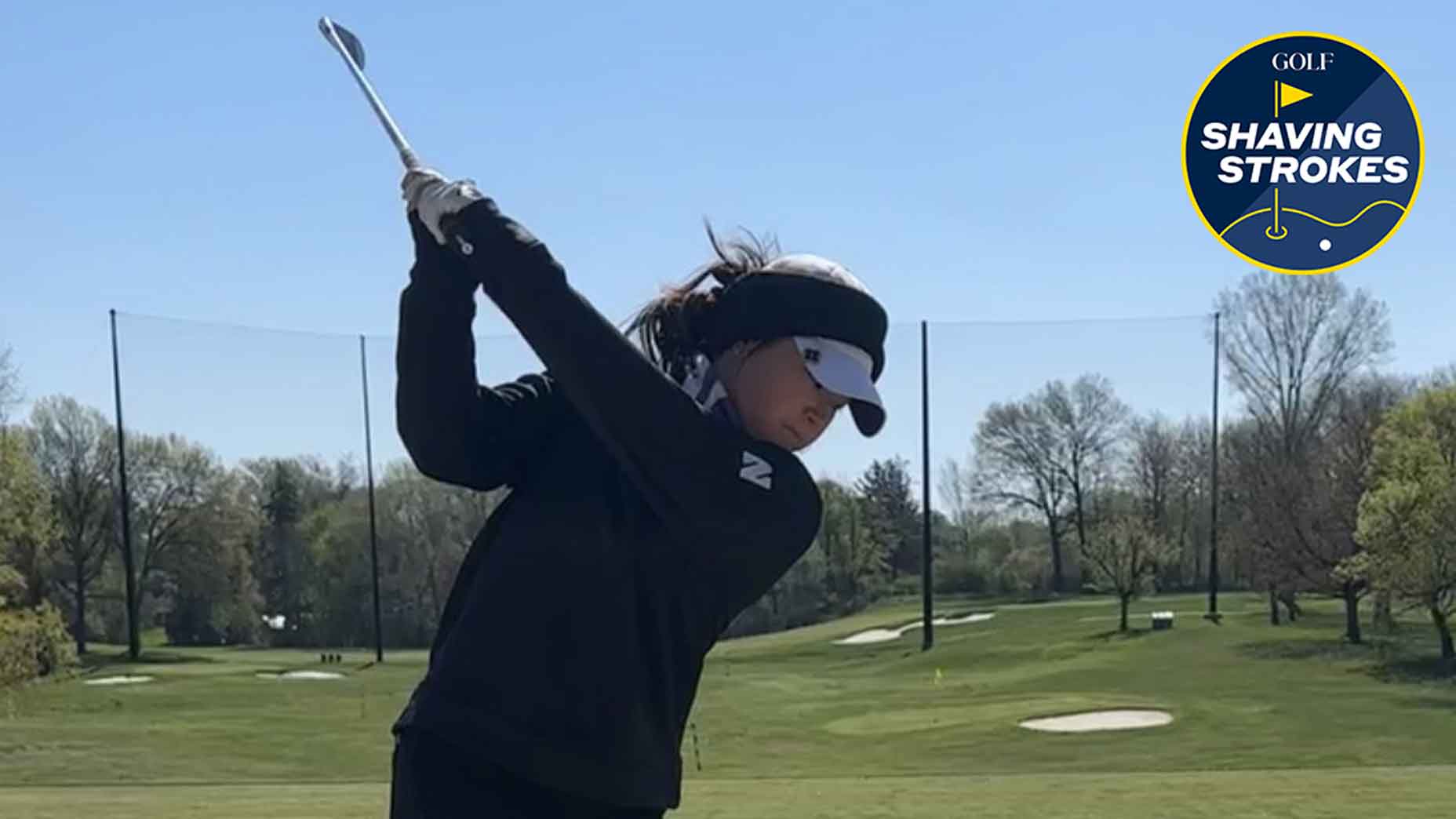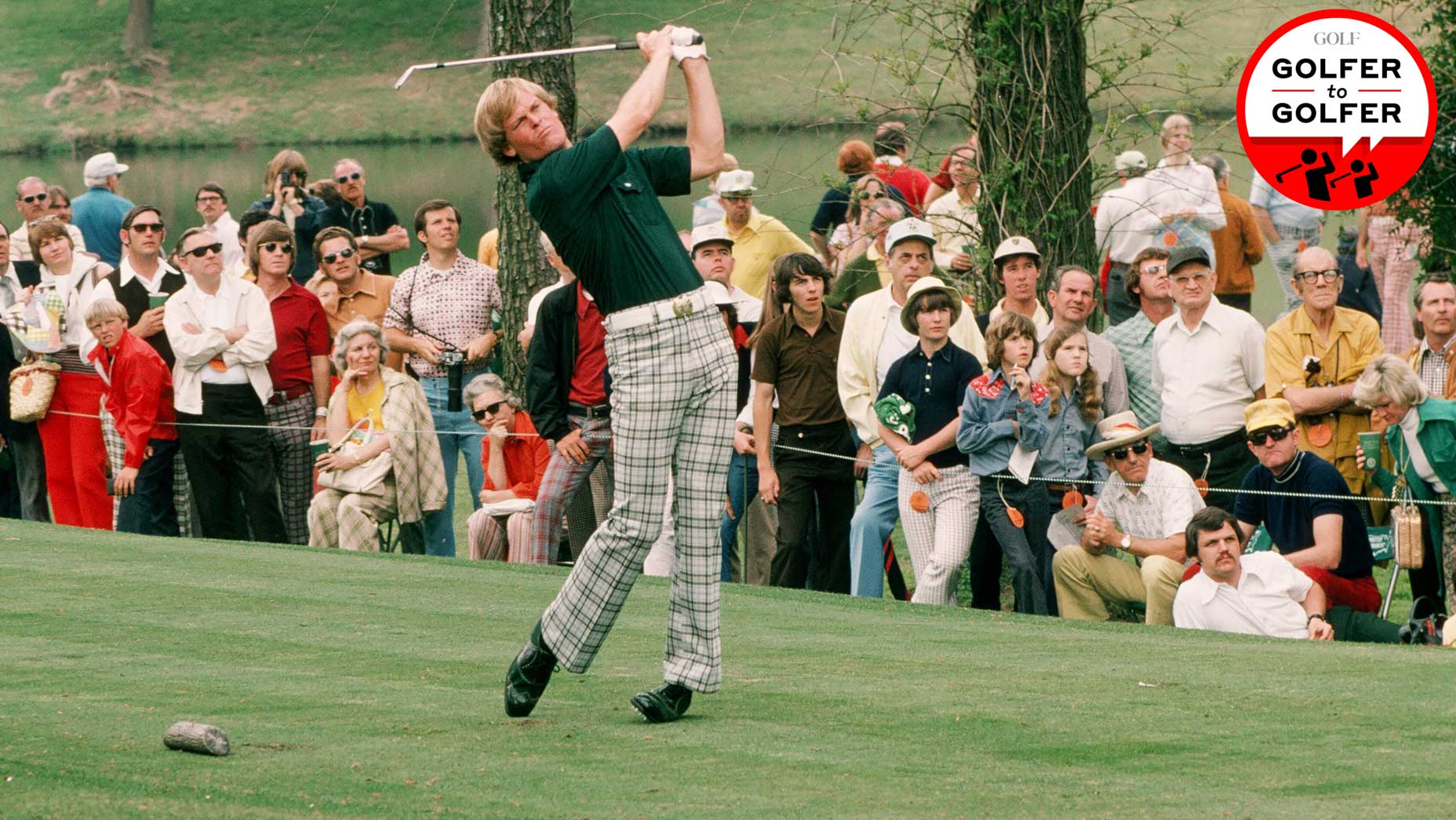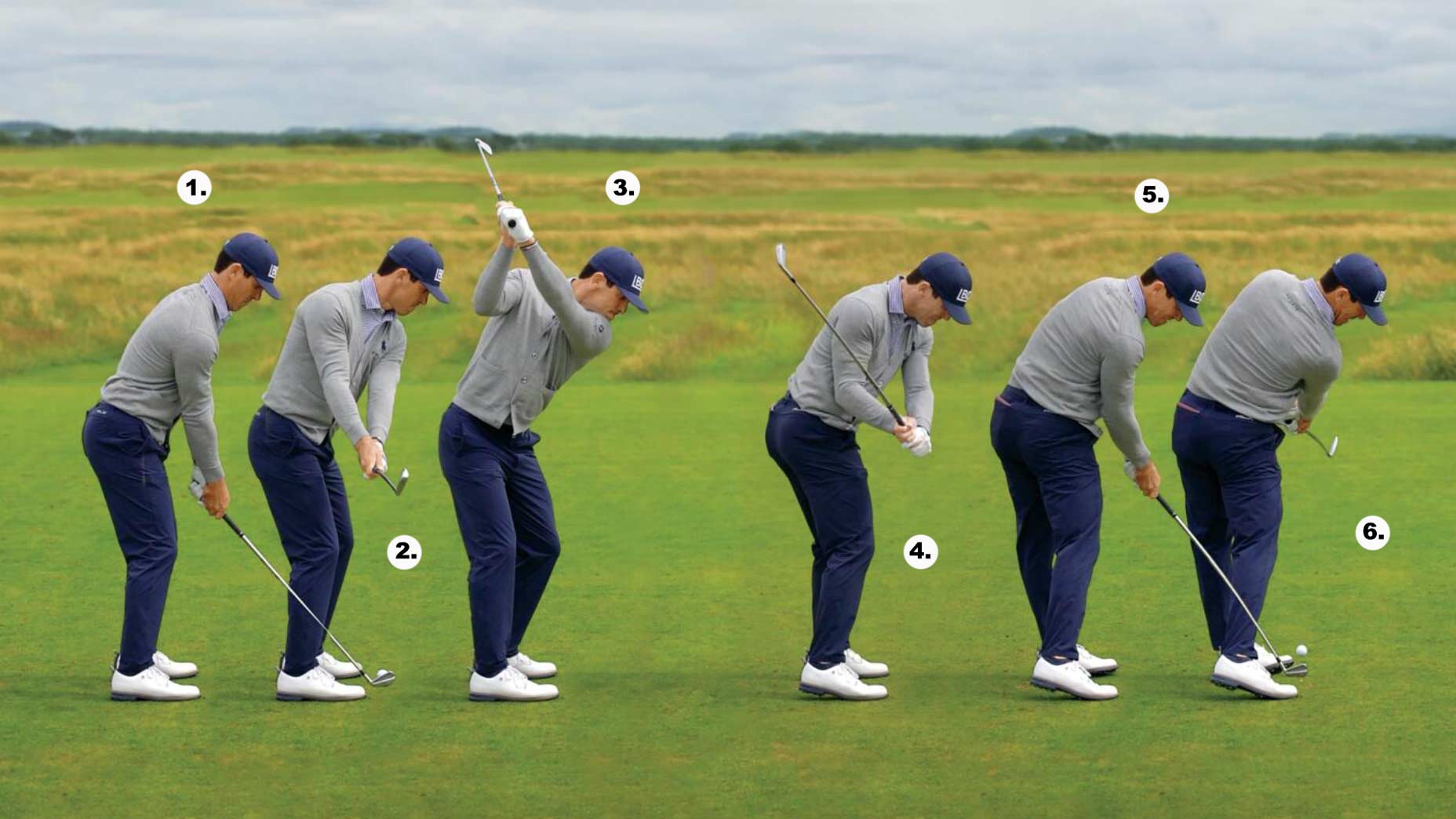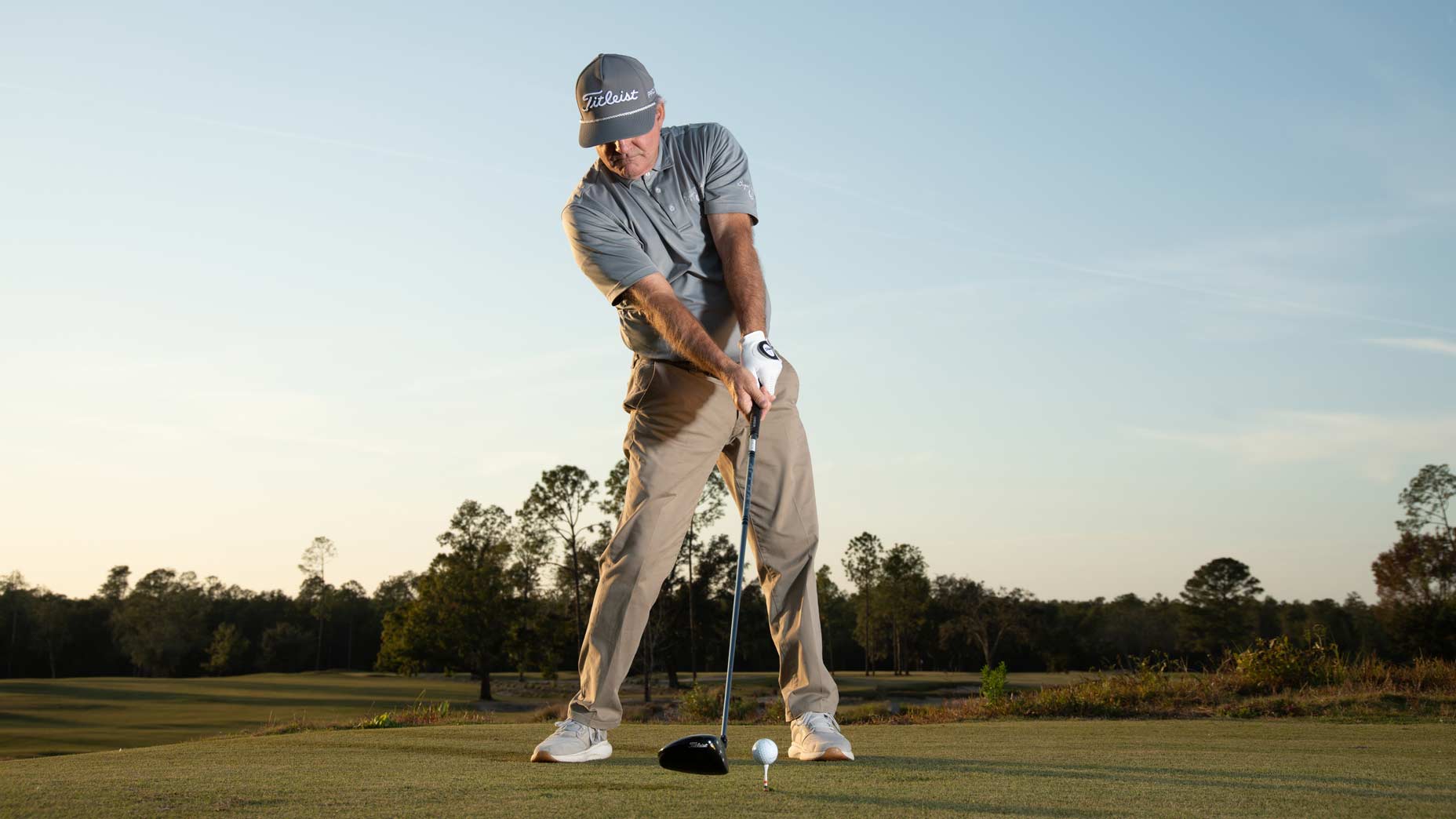Welcome to Shaving Strokes, a new GOLF.com series in which we’re sharing improvements, learnings and takeaways from amateur golfers just like you — including some of the speed bumps and challenges they faced along the way.
Whether you’re an amateur player or a competitive college or pro player, everyone wants to find the secret recipe to ball-striking.
Sure, this means squaring the club at impact and rotating as you’re supposed to, but it also means having the skill to draw or fade shots, allowing you to control the spin and direction of the ball with great precision.
Johnny Miller explains the secrets to his elite ball-strikingBy: Zephyr Melton
Although many average golfers may not think they’ll ever acquire this type of ability, it is achievable — it just takes different swing adjustments and hand positions.
In today’s Shaving Strokes, GOLF Top 100 Jason Carbone describes how he helped a student of his become a better ball-striker by rebuilding her backswing. While his student was already a college player with a +4.3 handicap, the improvement changed her game so much so that it helped her win this year’s ASU/PING Invitational.
So take a look below to see how Carbone helped this college golfer go from a good ball-striker to having world-class ball-striking skill.
Says Carbone, “I have a student that is extremely talented. So much so, that she can feel very subtle changes, and, at times, can force me to give her very concrete drills that solidify her swing.”
In a recent lesson with his student, Carbone says that the two worked on getting the club into a better balance going back, making the downswing more of a reaction. It’s a simple two-step process that anyone can use to build a better backswing — here’s how.
1. Drill set up
Place a tee in the end of your grip, and then place your golf bag about 15 feet back from the ball, making sure it’s directly on your target line (the imaginary line from the target bag through your golf ball).

2. First checkpoint
Start your backswing with everything swinging away together, allowing pressure to move from your lead foot to your trail foot until the club is just shy of parallel to the ground. At this point, check that your shaft and clubhead point to the base of your golf bag.

3. Second checkpoint
Continue pivoting your body, and allow your trail arm to fold and your trail wrist to hinge back. When this is done correctly, the tee should be sticking out of the end of your grip and pointing to the top end of your bag (or head covers).
From here, swing through the ball with no thoughts — other than to finish in balance with all of your weight entirely over your front leg. Now go ahead and watch shot after shot fly towards your target thanks to the improved ball-striking ability.

Game Golf KZN GPS Shot Tracker













